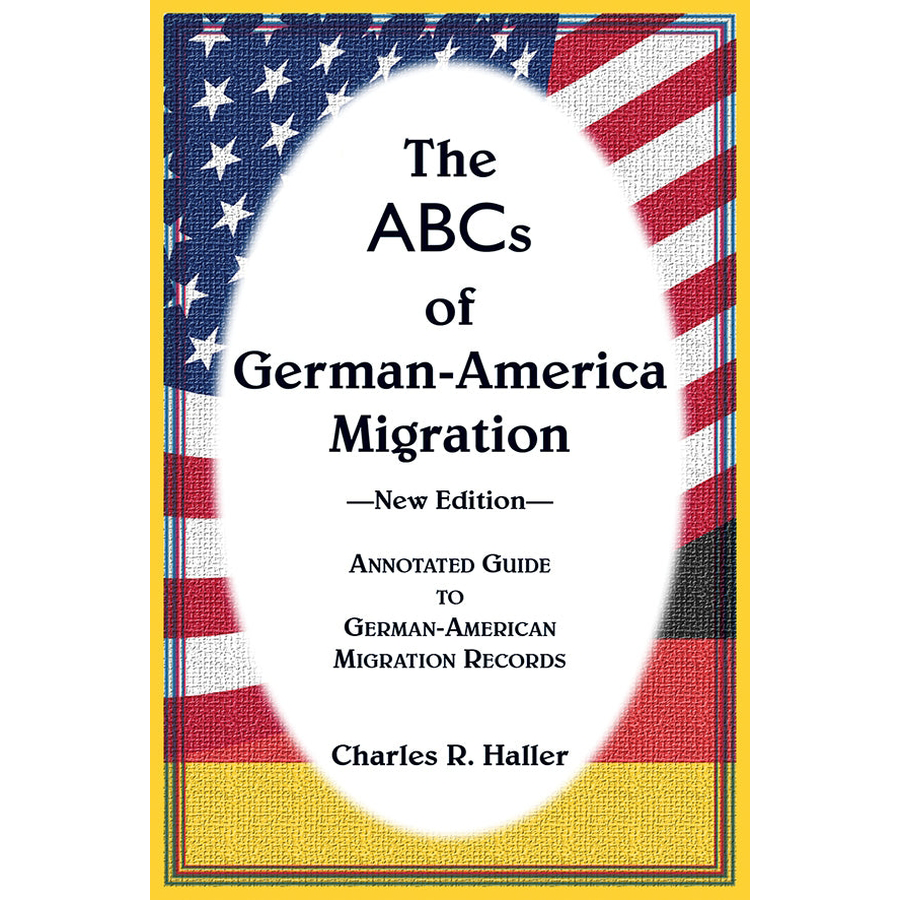The ABCs of German-America Migration, New Edition
Couldn't load pickup availability
Annotated Guide to German-American Migration Records
In this brief survey, we concentrate initially on detailed records of Germans arriving in colonial America. In essence we refer to the strange phenomena of records derived until nearly 1800 almost entirely from the port of Philadelphia. Why nearly three-quarters of colonial immigrants who spoke German would enter Philadelphia rather than some other port is not clear. Since the transportation of passengers in general was incidental to transportation of cargo, the well-organized group of American import agents in Philadelphia made this phenomenon possible. An equally well-organized group of Dutch export agents located near the mouth of the Rhein, at Rotterdam contributed to these phenomena. By mid-19th century the Dutch port of Rotterdam was replaced by the north German ports of Bremen and Hamburg as ports of embarkation. At that time, the rapid increase of railroads/steamship transportation resulted in a massive wave of emigrants.
Secondly, we look at post-Revolutionary War estimates of German-speaking immigrants. Most analyses center on Philadelphia port arrivals. The period after the war conveniently is divided into the era 1784 to 1799, and 1800-1819. Official passenger arrival records for Philadelphia began in 1800 while those for the port of New York began only in 1820. In 1820, official statistics of ship arrivals for all U.S. ports were compiled and published.
Appendices and five tables add to the value of this work.
Charles R. Haller
2023, 5.5" x 8.5", paper, 138 pp.
ISBN: 9780788429767
101-H2976
